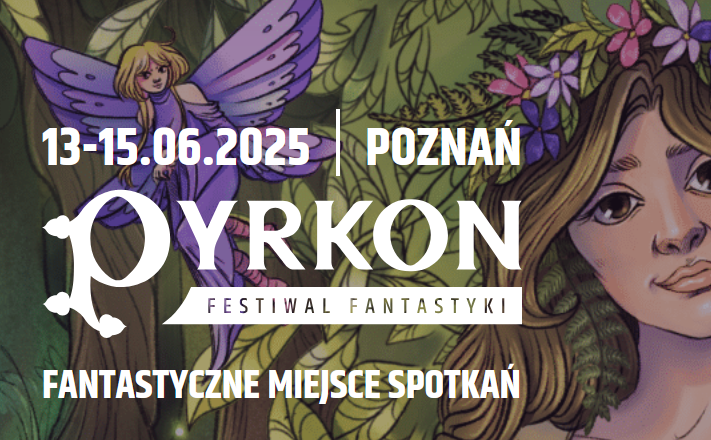
DISCUSSING
In the Shadow of the Spire – Session 45C: Long Reign of the Sun
Ranthir was examining the magical guards laid upon the plug. Eventually he concluded that their initial suspicions had been correct: Only at night could the plug be opened. The spell was ancient, but still potent – only a powerful wish would remove the plug.
“So when we get the wish spell from Rehobath do we use it on the sealed door at the Banewarrens?” Elestra asked. “Or do we use it here?”
“I think we need to use it at the Banewarrens,” Tor said. “We know how to get through this plug. We just have to wait for dark. But there may not be any other way through the sealed door.”
“Except the key,” Tee said.
“A key that may not exist any more. Or that we may never find.”
They debated staying until nightfall and then going into the tomb. But there was trepidation about staying in the Necropolis after dark without proper preparations.
And then Tee realized that they couldn’t stay: The note they had discovered in the Temple of the Rat God describing some sort of shipment at Mahdoth’s Asylum was dated for midnight. They couldn’t afford to be trapped inside the Necropolis while that kind of known activity was happening.
A dynamic I’ve found it can be difficult to understand if you’re only familiar with linear forms of play is the mixture of pressure and opportunity created when the PCs are pursuing multiple agendas.
At the beginning of this session, for example, the PCs had just barely managed to escape from overwhelming opposition at Porphyry House. In a linear campaign or scenario, they would’ve needed to immediately turn around and attack Porphyry House again. If they were clever, they might find some new way of tackling the problem, but ultimately this would be the one and only thing available for them to do.
In this case, however, the PCs have a bunch of irons in the fire. To mix idioms a bit, they’re free to let Porphyry House simmer for a bit while they pull a different iron out of the fire. It’s a powerful dynamic because it prevents the campaign from slamming to a halt when it meets an unexpected roadblock. By exploring other options, maybe the PCs can find resources or opportunities that can remove the roadblock. Combined with something like node-based scenario design or xandered dungeons, the PCs might find some way of routing around the roadblock. When you’re playing in a system like D&D where the PCs can become much more powerful, they may just level up to a point where the roadblock ceases to be an impediment.
On the other hand, at the end of this session, the PCs are forced to put a pin in their plans to explore Alchestrin’s Tomb because they have other agendas that are demanding their attention. They need to prioritize their goals and figure out the most efficient way they can be pursued with the time and resources that they have.
Linear adventures and single-threaded campaigns, of course, can be designed to include some form of time pressure. (“You have to rescue the princess before the blood moon rises!”) What’s most notable about the multi-threaded campaign, though, is that the GM doesn’t actually have to plan this stuff. At no point in my prep, for example, did I ever say, “Ah! I’ll schedule the shipment to Mahdoth’s Asylum so that it arrives at the same time they’re checking out Alcehstrin’s Tomb!”
Because, among other reasons, I had no idea when the PCs might actually go and check out Alchestrin’s Tomb. There’s another version of reality where their assault on Porphyry House didn’t turn into a clusterfuck. In that other world, the PCs might have spent the whole afternoon burning through resources while clearing out the whorehouse, only to reach the evening and realize that they would need to deal with whatever was happening at Mahdoth’s while being severely depleted by the day’s events. Or maybe they’d realize they couldn’t shoot both barrels into Porphyry House and instead pull out early (puns intended) to conserve their resources for Mahdoth’s. Either way, those are also compelling strategic choices and consequences!
So if I’m not planning specific pressure points or forcing specific choices, what am I doing to make this happen?
- Any time there’s an upcoming event in the campaign, whether the PCs know about it or not, I make sure to assign it a specific date and time.
- I keep track of the passage of time.
That’s it.
When scheduling events, I notably don’t really think about how they interact with unrelated events in the campaign. I don’t need to. The various scheduled events and the actions of the PCs will naturally combine and interact with each other during play, and pressure will simply emerge organically from the mix.
This principle is a good example of how, in my experience, loosening your grip on the campaign, empowering the PCs, and actively playing the game world is actually a lot easier for the GM than trying to force a single-threaded chain of events. Partly because you don’t need to force it. Mostly because you’re no longer solely responsible for everything that happens.
The other effect of multi-threading like this, of course, is that stuff will tend to hang around. The PCs first learned of Alchestrin’s Tomb in Session 35. They tried to visit in Session 36, but got waylaid by a false crypt. Then they got waylaid by other pressing concerns for several days, only returning here in Session 45. And it won’t be until Session 48 that they can come back and actually get inside for the first time.
Can this be frustrating? Yes. But it’s a good frustration. It’s the frustration of solving a puzzle or plotting out the perfect turn in a board game. And, of course, it’s not like nothing was happening during those other sessions! During that time, the players were pursuing and achieving other goals that were important to them.
But even as they’re doing those other things, the sense of anticipation is building. Content isn’t being chewed up as soon as it’s introduced. It naturally endures, weaving its way into a more complicated narrative. It was a full year of time in the real world from when they heard about Alchestrin’s Tomb to when they actually entered into the tomb. Which meant that entering the tomb felt momentous.
Which, in turn means, that the feeling of reward when these long-lasting goals come to fruition is also greater.
This dynamic also has an interesting effect on things like the Principles of RPG Villainy. Extending the players’ relationships with villains over time just naturally gets them more deeply invested in that antagonism. The agenda pressure that naturally emerges from multi-threaded campaigns also means that truly memorable villains also just kind of naturally develop themselves. (As do relationships with faction, NPCs, and other facets of the campaign.)
Campaign Journal: Session 46A – Running the Campaign: TBD
In the Shadow of the Spire: Index


















